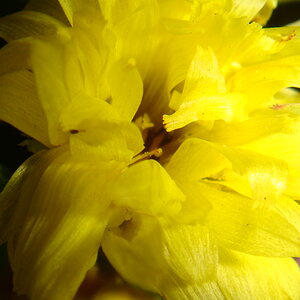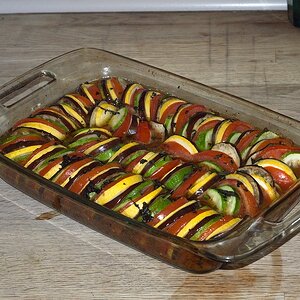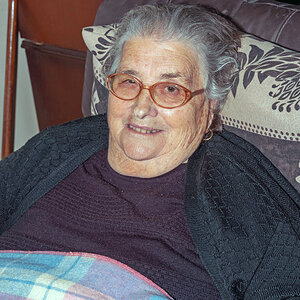Pukka312
TPF Noob!
- Joined
- Dec 7, 2012
- Messages
- 193
- Reaction score
- 50
- Location
- US
- Can others edit my Photos
- Photos OK to edit
I've been asked to shoot a very dark girl in a cream colored wedding dress, and am using a studio environment so I will have control of the lighting...but I'm really rusty on my studio lighting. I haven't touched a strobe in a year and a half, so I'm going to be honest-I'm nervous. The shoot is more for fun, so it's not a job that's going to be high pressure, but I would rather do a great job than just "ok". It was stressed that the girl is extremely dark. I am just wondering the best way to meter the scene with such high contrast between skin and dress. The studio I'm using has 2 backdrops...black or white. I'm guessing the white background will be best and then wonder if I should try to shoot it high key, or maybe not light the backdrop at all to try to get a gray background.
Ideas? Suggestions? I don't even have a good idea on what look they are going for, but I'm anticipating they are looking at it as a fashion shoot. I get more details tonight but the shoot is tomorrow, so it's not a lot of time to figure out concepts. But mostly, I'd just like ideas on the most flattering way to light the scene.
Thanks in advance for any suggestions
Ideas? Suggestions? I don't even have a good idea on what look they are going for, but I'm anticipating they are looking at it as a fashion shoot. I get more details tonight but the shoot is tomorrow, so it's not a lot of time to figure out concepts. But mostly, I'd just like ideas on the most flattering way to light the scene.
Thanks in advance for any suggestions





![[No title]](/data/xfmg/thumbnail/35/35266-f58b019dadff6920c09071a847f052c3.jpg?1619736970)



